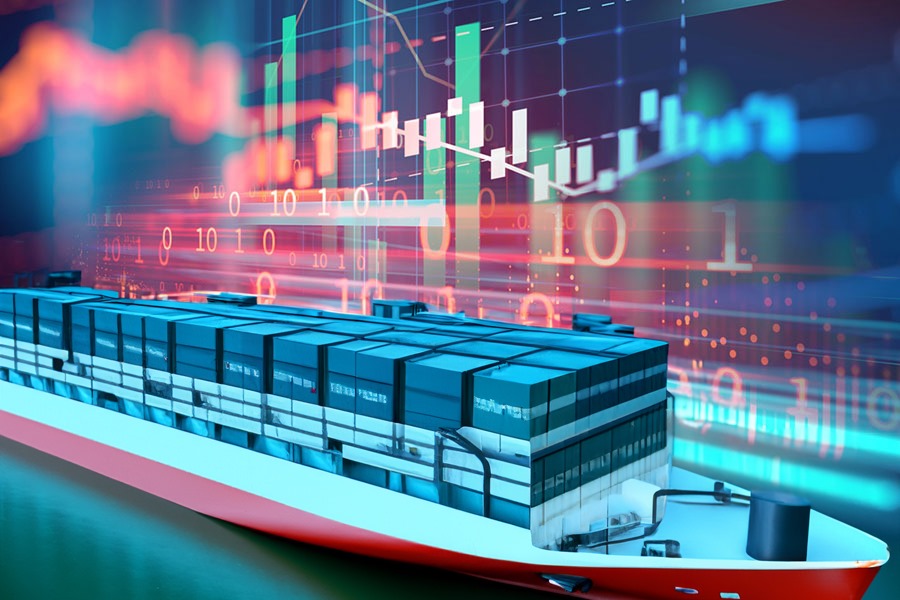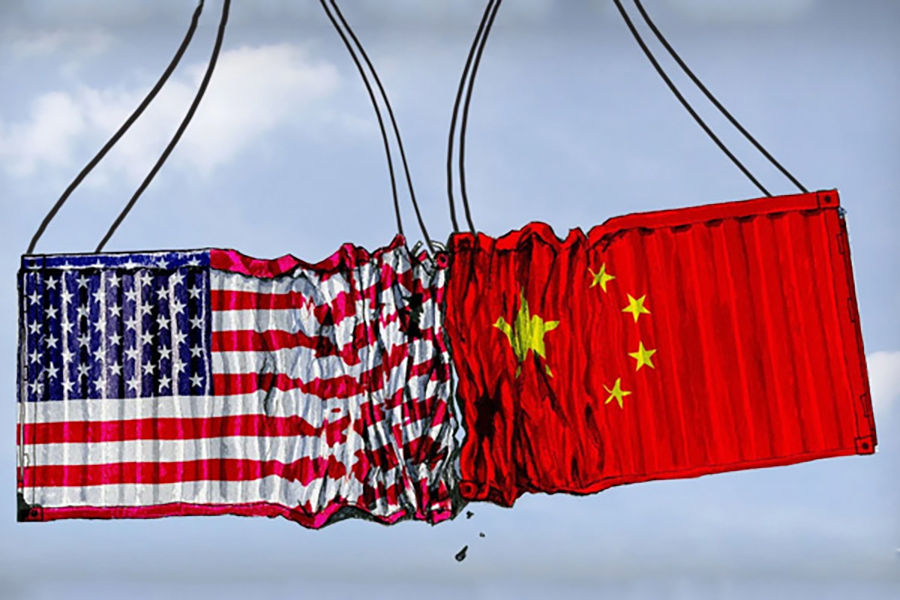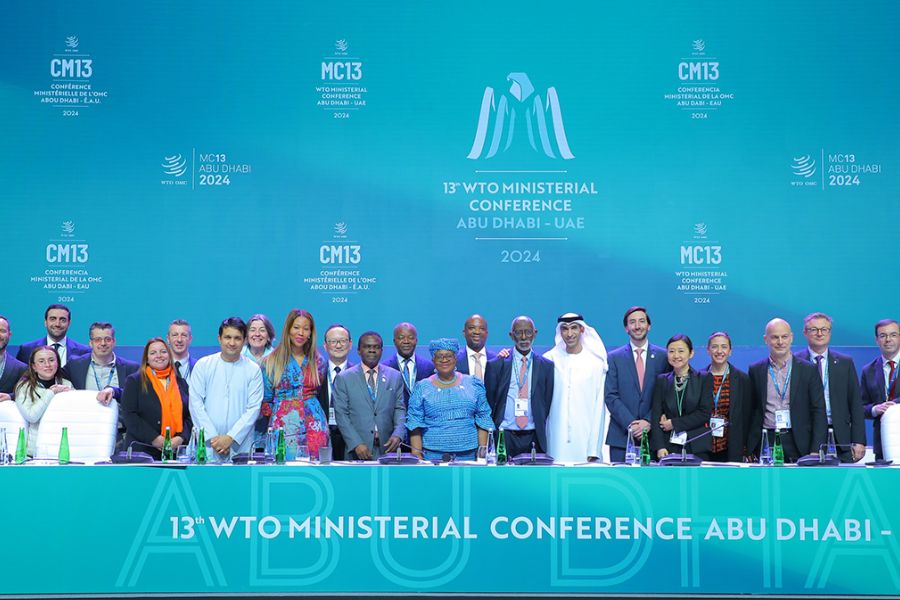Trade Inequality: Need for meeting of the minds
• Trade liberalisation is sometimes regarded as unhelpful to progress or viewed with suspicion. Whether we are looking at development challenges, employment or inequality, a key point to make is that trade should not be considered in isolation or in biased manner from national and global realities.
• It will be empirically correct to say that majority of global poor are residing in developing and least developed countries, which makes it harder for them to achieve the levels of economic prosperity prevalent in developed nations.
• With world trade valued at US$ 19 trillion, nearly US$ 9.5 trillion is exported by developing economies and the same is also exported by developed. But the population of developed economies is only 17% of the world population, thus making it highly unequal from the trade perspective.
• There is a need for greater coherence among international policy regimes in order to benefit from synergies among policies that often operate in isolation.

The domain of global trade is witnessing a wave of protectionism from the last couple of years. Be it developing or developed economies, policies have started taking an inward turn. Trade theory also has a dichotomous behaviour while dealing with trade inequality and growth. One side suggests that until and unless there are no capital and resources, trade growth will be stunted; hence trade inequality should sustain for swift growth. Another side explains that growth of a nation will be weak if there is high trade inequality.
It will be empirically correct to say that a majority of the global poor are residing in developing and least developed countries, making it harder for them to converge with developed countries. Economic factors like these contributes towards divergence in trade performance between the developed and developing economies. With world trade valued at US$ 19 trillion, nearly US$ 9.5 trillion is exported by developing economies and the same is also exported by developed economies. But the population of developed economies is only 17% of the world population, thus making it highly unequal from trade perspective.
Source: ITC Trade Map
The expansion of economic globalization has been a result of swiftly increasing global trade and investment flows in the past couple of decades. Before the 2008 Global Financial Crisis, global trade usually surged at twice the speed of global GDP growth, which has made it the “engine” of world economic growth. In the meantime, the closer and robust correlation between trade and investment has made both parameters more and more inseparable from each other.
China’s accession to the World Trade Organization (WTO) was a path-breaking moment for global trade and investment flows. There was a gradual and continuous shift from developed to developing nations with respect to manufacturing activities. The global relocation of production networks by leader economies and multinational corporates along with China’s role as a global manufacturing hub led to dramatic change of direction for trade and investment flows. However, with the global economy entering into the post-crisis time phase and China undergoing domestic economic transformation, such trading and investment patterns can no longer be sustained.
More importantly, the transformative and disruptive power established by the new technologies has fundamentally reformed the transnational exchange of goods and services. A reflection on the modes and rules relating to global trade and investment for the future is desperately needed. Inequality and non-convergence in trade and investment patterns between developed and developing nations can be observed.
The pattern of global trade has transformed dramatically from the era of merchandise trade in the twentieth century, to the period of services trade and digitalization in the twenty-first century, in particular, in terms of the ways trade flows across borders. And it has brought prodigious challenges to traditional ideas, norms, and rules relating to international trade and investment. Just taking a look at trade in services, when the General Agreement on Trade in Services (GATS) came into effect in 1995, one of the four modes of trade in services, “cross-border provision of services,” had not been given much attention initially. Now it has become a major mode in delivering services in global trade.
The digitalization of international trade has provided great opportunities and potential. Yet in the meantime it also brings great challenges to developing and least developing countries, as demonstrated in the many WTO ministerial talks. Now the focus has shifted to policy areas beyond or behind borders, which usually fall into the category of “WTO-plus” issue areas such as investment, competition policy, government procurement, labor standards, and e-commerce. It is articulated during many WTO negotiations that Third World Nations still need time to come up to the level of adaptability of standards that is desired by developed nations.
There is a need for greater coherence among international policy regimes in order to benefit from synergies among policies that often operate in isolation and in a biased manner. For instance, developed nations like US are looking for liberalisation of e-commerce rules, while developing nations fear getting overwhelmed by the presence of large and dominant players in their respective markets, especially when homegrown firms are yet to gather the muscle to compete. Convergence concerns negotiations among members, as well as their sequencing, in order to achieve progressive, development friendly convergence of their trade regimes. Unless this is achieved, bridging the North-South Divide will remain a daunting challenge.













Leave a comment